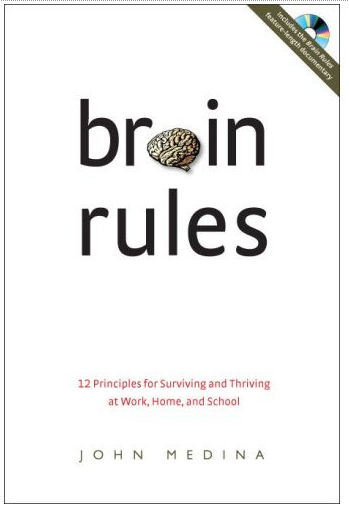On Tuesday, December 4, WBEZ, Chicago's public radio channel, aired a report called "Students Grading Teachers" on its news magazine,
The Morning Shift.
Tony Sarabia, host of
The Morning Shift, interviewed Ronald Ferguson and Thomas Kane, two Harvard professors who have worked on the
Measures of Effective Teaching project for the Bill and Melinda Gates Foundation. The 2009 project organized approximately 3,000 teacher volunteers to participate in a variety of activities meant to assess teacher effectiveness in the classroom. Although the project focused on elementary and secondary educators, the conversation on
The Morning Shift also incorporated college level student evaluations, and Bruno Teboul, Associate Dean of the College of Communication at DePaul University, was one of Sarabia's guests.
Ronald Ferguson developed the "Tripod Survey" instrument for the
MET project. This survey, which evolved from a decade's worth of Ferguson's work, was one of five measures developed to gauge and assess teacher effectiveness. Ferguson's survey included questions such as
My teacher knows when the class understands, and when we do not;
My teacher has several good ways to explain each topic that we cover in this class; and
When I turn in my work, my teacher gives me useful feedback that helps me improve.
During the twenty minute segment on
The Morning Shift, Sarabia (who referred to this survey as "grading" teachers and was corrected immediately by Ferguson, who said that the surveys are not grades, nor are they popularity contests, but rather they are assessment tools meant to "document students' experiences in the classroom so that we could identify issues and set priorities for professional development...") interviewed Ferguson and his colleague Thomas Kane about their work on the survey and on the
MET project, and he also interviewed Bruno Teboul about student evaluation surveys at the college level.
I was
not surprised to learn that DePaul uses surveys the way that we use them here at MCC: to give instructors valuable feedback at the end of each semester about what works, what doesn't, and how we, as educators, can make changes to our classroom instruction to better meet our students' needs. I
was surprised to hear from Sarabia, who used to teach Urban Studies at Loyola University, that he never received the feedback from his own course evaluations. I was
also surprised to hear Ferguson say that many of the participating teachers were hesitant to get their individual results back--hesitant, that is, until they got a hint of the students' responses and understood how valuable those responses could be.
Here are some other bits from the segment that you might find interesting:
Ferguson says that
academic press--pressing students to continue working, to push themselves even when work gets difficult--is the "strongest predictor of achievement gain."
He also says that one of the strongest predictors of learning is
classroom management. It's "whether [the] class stays busy and doesn't waste time, and whether people treat one another respectfully." Ferguson says that "a close second is whether the teacher challenges students to think hard and to work hard."
Sarabia and some callers felt that using the feedback might be controversial; however Teboul felt that the surveys themselves are not controversial, but "the controversy can come from how they're used." Essentially, the feedback is best used for self-reflection: to adjust lesson plans and assess a teacher's own effectiveness in the classroom before applying changes themselves.
Ferguson states that the teachers just want the surveys "used fairly." There should be "no one measure" and there certainly should
not be only one application of any kind of assessment.
The full segment is available below for your listening pleasure (or you can access it on
The Morning Shift website), and you can read the
MET project white paper
here.
For more information on Ferguson's survey work, read
this Atlantic article from October.
And for more information on deciphering student evaluations, read
this recent blog post from
Faculty Focus.
Press the orange play button below to hear the twenty-two minute Morning Shift segment!



























